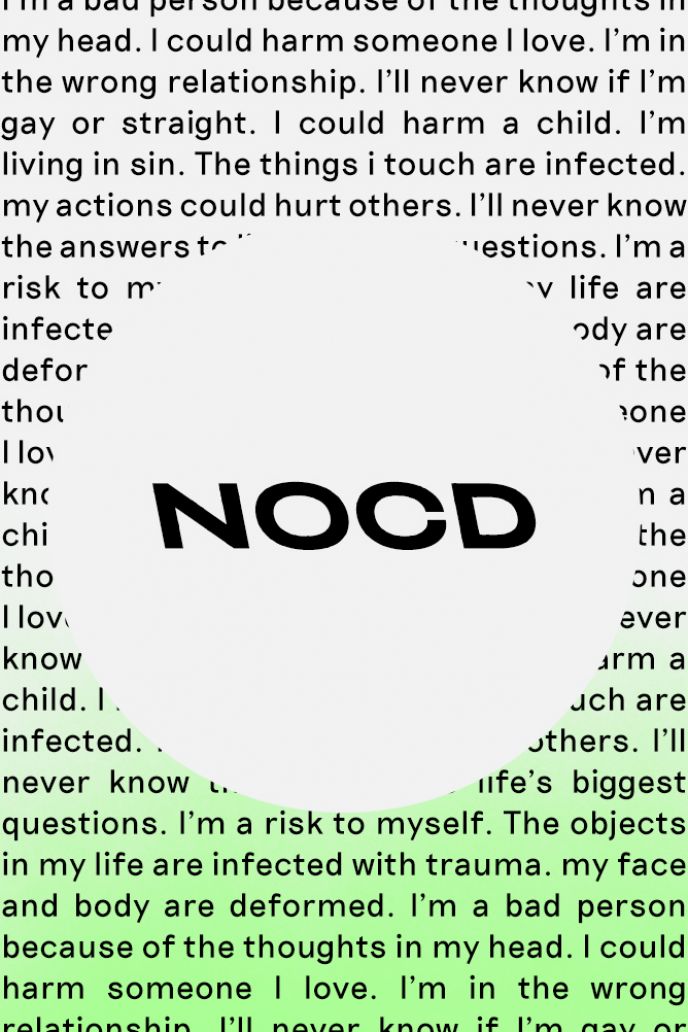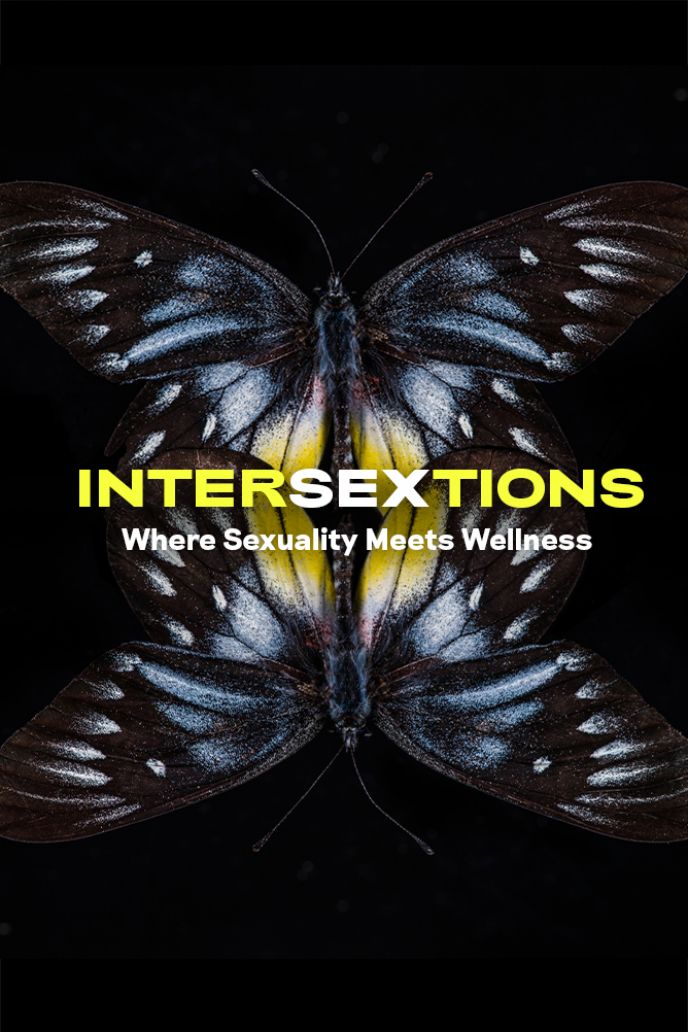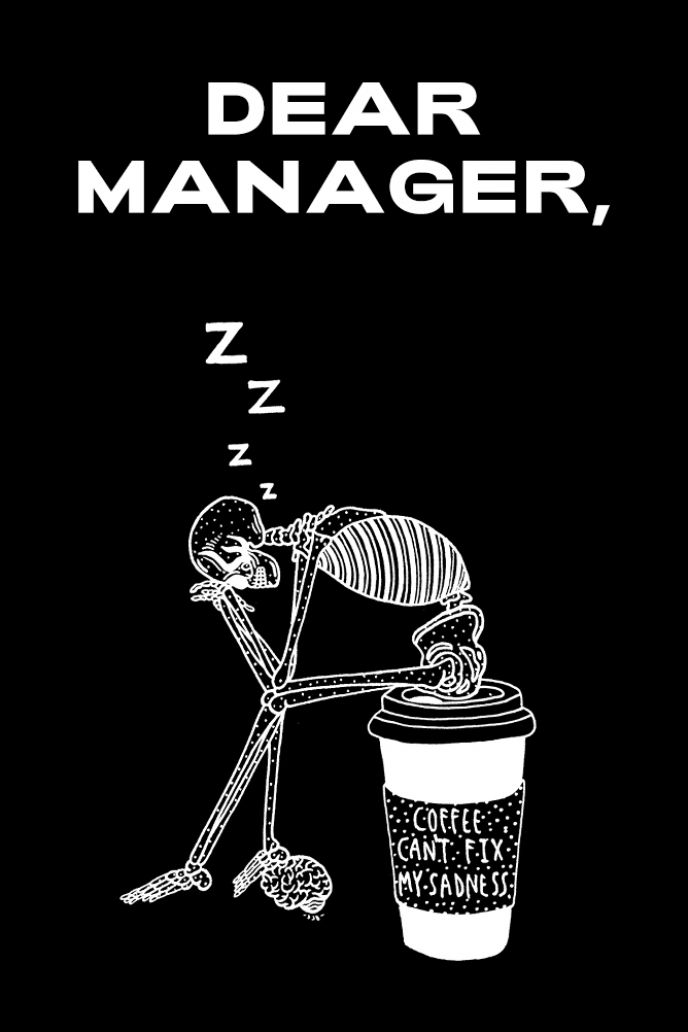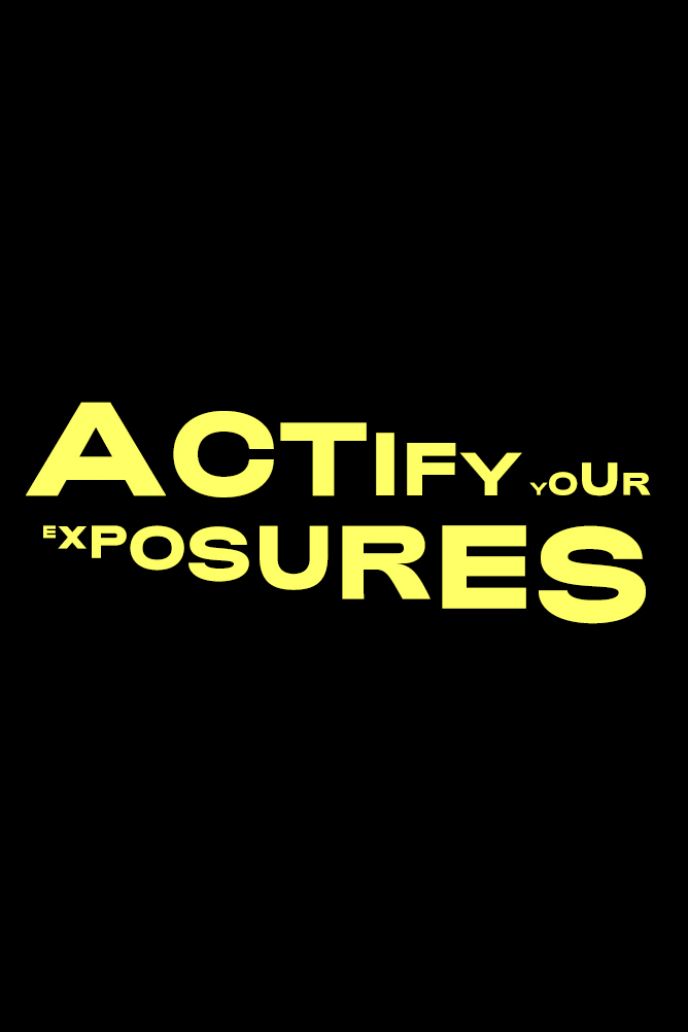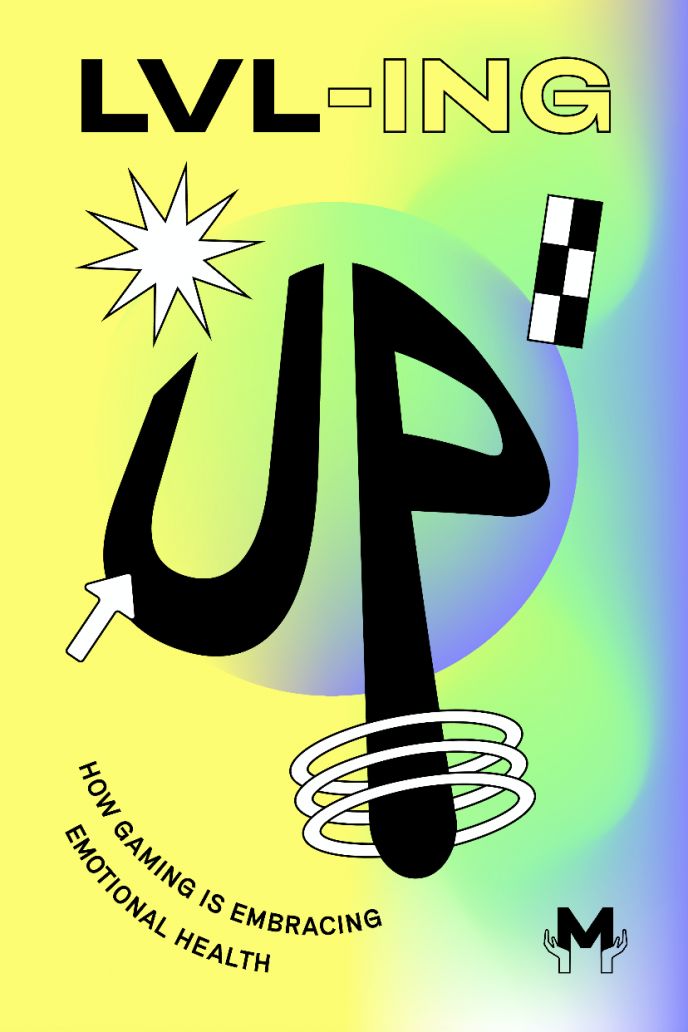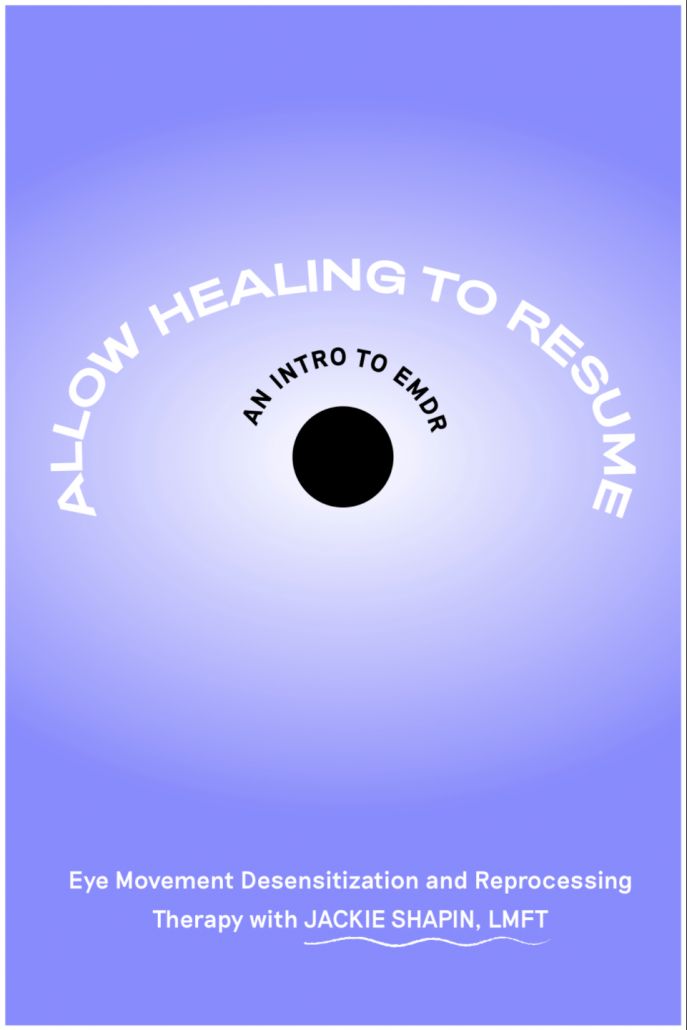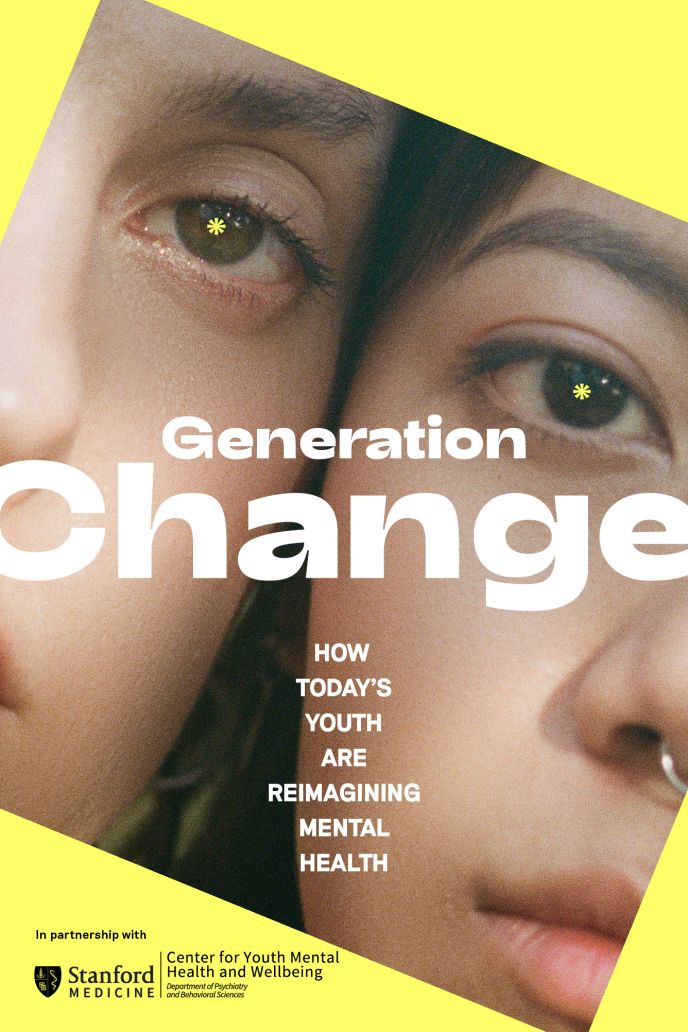What’s Going On Down There? OCD and Arousal
LMFT Kimberley Quinlan tackles groinal response, arousal and it's relation to OCD.
Written by Kimberely Quinlan
01 The term “groinal response” is used to identify any change or reaction in the groin area after an intrusive thought or intrusive image, such as a tingle, a swelling or a small movement.
02 Scientific research has shown us that arousal comes in all shapes and forms. We, as a society are grossly uninformed in this area, which has made it so much harder for someone with OCD to understand what is happening to them "down there."
03 Our genitals are often reacting entirely to what is sexually relevant; not what we actually want and value. The term for this is arousal non-concordance.
04 Accepting uncertainty is always the best route when it comes to your recovery from OCD. Reminding yourself “this is arousal non-concordance” repetitively is just another form of compulsion, so try to stay away from this.
It’s pretty simple.
An intrusive sexual thought, image or impulse + any type of movement or change in ones genitals = PANIC!
The term “groinal response” is used to identify any change or reaction in the groin area after an intrusive thought or intrusive image, such as a tingle, a swelling or a small movement. In the OCD community, there are some awesome articles written about groinal response and its relationship to OCD that discuss this very distressing experience.
The authors of these articles outline the normalcy of the physical experience of having twinges or movement in their genitals after having ego-dystonic thoughts, images or impulses related to children (pedophile OCD), or persons of the same sex (Homosexual or Sexual Orientation OCD), or of possible partners other than their current partner (an obsession found in relationship OCD). The term ego-dystonic is used to describe thoughts, behaviors and urges that do not line up with ones true values or self-concept.
But, what about those who feel more than just a twinge or a swelling during or after unwanted thoughts, images or impulses? What about those who feel arousal or even experience an unwanted orgasm related to these thoughts? Some would assume this arousal is evidence of some type of denial or unconscious desires.
This could not be further than the truth.
Scientific research has shown us that arousal comes in all shapes and forms. We, as a society are grossly uninformed in this area, which has made it so much harder for someone with OCD to understand what is happening to them “down there.”
What we now know is that our brain has a “sexual accelerator” and “sexual brake” that act just like the brakes and accelerator of a car. There are more scientific names to identify this phenomenon (Janssen, Bancroft), but for the sake of this article, let’s just call them the brakes and accelerator. One slows down arousal (brakes), and one speeds it up (accelerator). Everyone’s brakes and accelerator are different and there is no right or wrong way for this to play out. This is the most important point. There is NO RIGHT OR WRONG time to experience arousal. Every one of us has a variation in how sensitive our brakes and accelerator are. Some women and men have VERY sensitive brakes and some have a VERY sensitive accelerator.
I know what you are thinking. “But my case is something more than that! What if it means SOMETHING?” This uncertainty leaves the OCD sufferer terrified of the answer, while also wanting immediate clarity as to what the heck is going on.
Emily Nagoski, a renowned sex educator and author who writes extensively about all things sex. In her book, Come As You Are, she explains that there is a 50% overlap in how erect a man’s penis is and how turned on he is (Suschinsky, Lalumiere & Chivers). For women, there is a 10% overlap between what is happening in her genitals and how much arousal she is experiencing (Peterson, Janson & Laan). What this tells us is that our genitals are often reacting entirely to what is sexually relevant; not what we actually want and value. The term for this is arousal non-concordance (Hall, Binik & Di Tomasso).
Just because it is sexual in context, we may immediately experience arousal. When we see, hear, touch, taste or imagine something that is simply sexual in nature, our brain may send out a message to your genitals to get all fired up. And like it or not, then they do. Our brain might not wait to consult with our true values and preferences before sending this message. The brains just sends the message on through. This is true for everyone, not just those with OCD.
This is also true at times when you really want to be aroused, but your genitals didn’t seem to get the memo (Bradford & Metson). You guessed it. Arousal non-concordance. Yes! It is a thing and it explains how very wrong we have been about arousal.
So, now you know. You know that arousal is slightly different for men and women and that arousal is as much related to sexual context than it is to what you desire. It’s simply sexually relevant. We also now know that sexual arousal and sexual desire don’t always match up, and scientifically, this is called arousal non-concordance.
So, how do we put this information to good use for someone with Obsessive Compulsive Disorder?
Well, first of all, try not to use this article as a form of reassurance that you are NOT gay, NOT going to cheat on your partner, or NOT a pedophile. Accepting uncertainty is ALWAYS the best route when it comes to your recovery from OCD. Reminding yourself “this is arousal non-concordance” repetitively is just another form of compulsion, so try to stay away from this.
I am also weary of spending too much time trying to differentiate between the experience of having a “groinal response” and experiencing arousal, as this is a mental compulsion and also has a reassurance seeking quality to it. To be honest, I actually question the use of the term “groinal response,” as it can be an attempt to declare that the feeling IS NOT arousal and be a little compulsive in and of itself.
Your job is to notice that something is happening down there and that this “happening” requires no justification or understanding. Your job is to say, “I am noticing a feeling down there,” and recognize that the overall population experiences non-concordance in the genital area for reasons we don’t ever need to understand. Then, your job is to go about your day, allowing the “happening” and doing your very best to not find certainty in its meaning or purpose.
For good measure, try to add a dash of self-compassion for the anxiety you experience, related to this “happening.” Self- compassion can help you to be gentle with yourself as you go through a difficult and confusing moment.
About the author
Kimberley Quinlan is a Licensed Marriage and Family Therapist (LMFT) in the state of California. Kimberley has a private practice in Calabasas, CA and specializes in Obsessive Compulsive Disorder (OCD), OCD Spectrum Disorders and Eating Disorders using Mindfulness-Based Cognitive Behavioral Therapy (MB-CBT) and Exposure and Response Prevention (ERP). Kimberley also has a podcast called Your Anxiety Toolkit, focusing on mindfulness tools for those with OCD and other Anxiety Disorders. Find out more information about Kimberley at www.kimberleyquinlan-lmft.com
Support our work
We’re on a mission to change how the world perceives mental health.






